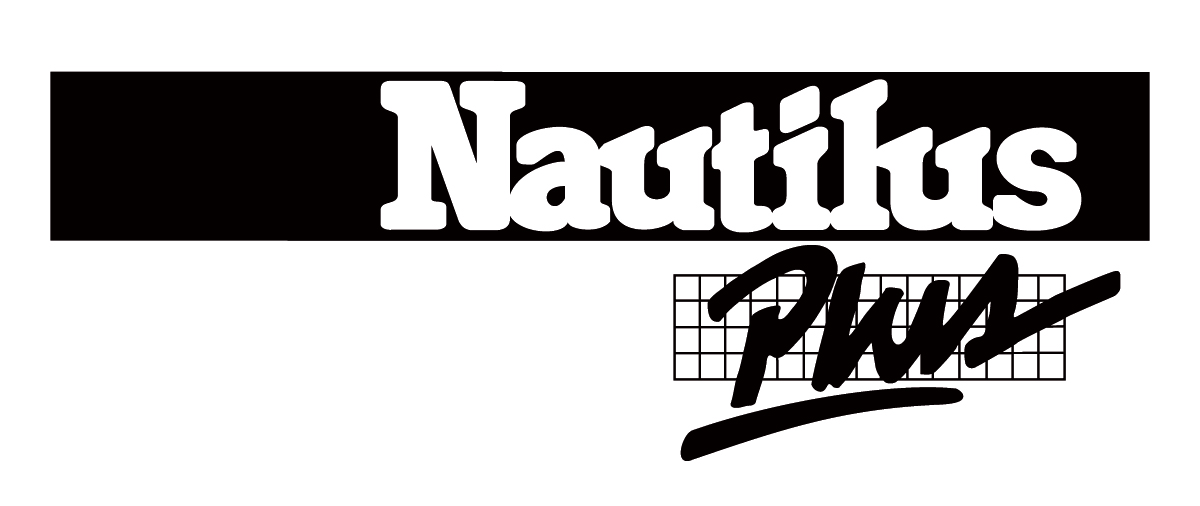
During a workout, using proper technique while executing movements is crucial. This way, we ensure a balanced muscular development and a more effective training, while preventing injuries. Here are 10 fundamental rules for muscle development to follow during your training sessions at the gym.
1. Always have a good warm-up
Ideally, a warm-up should include the main muscles that will be worked during the session. For example, perform 10 minutes of low intensity elliptical before a workout that will target muscles from both the upper and lower body. Also, performing one set with a submaximal (lighter) weight promotes neuro-muscular activation before performing sets using maximal weights.
2. Slow and controlled movements
Generally speaking, to ensure that the exercise will be correctly performed and the muscular work effective, a slow and controlled movement is essential. We often recommend that you use a tempo of 2-0-3 (2 seconds to lift the weight, no pause, 3 seconds to lower the weight back to initial position).
3. The right weight
The weight used to perform an exercise should be sufficient to trigger vigorous muscular effort, without necessarily resulting in soreness on the following day. Optimal weight varies according to your physical condition and training objectives.
4. Adequate range of movement
Range of movement should respect the limits of your flexibility and articulations. By going further than these limits, we put a heavy strain on our articulations. When building muscle, we should feel that the muscle is tensing, as opposed to an abnormal feeling of pain or stretching.
5. Do not lock knees and elbows
When we lock our articulations while performing pushing and extension motions, the weight is distributed on our bones and ligaments. In addition to increasing the stress on these structures, the muscles get to rest and the quality of the muscular work is lessened.
6. Keep your back straight and a good posture
For most exercises, it is necessary to keep your back straight. This means it should maintain its natural curves (it should sink in a little at the small of your back). In a standing position, from a side view, we generally want to see a good alignment of the head, neck, shoulders, hips, knees, and ankles. This requires a slight tensing of the abdominal muscles.
7. Adjust fitness equipment properly
Adjusting fitness equipment is not a question of comfort. One rule prevails over all others. The rotation axis of the machine should be next to the rotation axis of your body. For example, for a knee flexion (bending your knee), we must align the center of the knee with the rotation axis of the machine.
8. Work stabilizing muscles and balance
Specific muscular exercises, or accessories such as balance boards or exercise balls help strengthen stabilising muscles, and improve balance and muscle coordination. This in turn helps prevent musculoskeletal issues.
9. Maintain good flexibility
Being supple enables us to move free of pain or stiffness. It also helps keeping good mobility in the articulations in order to be functional in everyday life. It is therefore important to integrate a few flexibility sessions in your weekly training program.
10. Avoid certain exercises, or use moderation
Avoid behind-the-neck exercises that use pushing or pulling motions, as they put the neck and shoulder articulation at risk of injury.
To make sure that you have a custom training program based on your physical condition and objectives, do not hesitate to ask one of our personal trainers!
References:
1. Colado JC et al. (2009). Technique and safety aspects of resistance exercises: a systematic review of the literature. Phys Sportsmed. 37(2):104-11.
2. Thacker SB et al. (2003). Prevention of knee injuries in sports. A systematic review of the literature. J Sports Med Phys Fitness. 43(2):165-79.
3. Witvrouw E et al. (2004). Stretching and injury prevention: an obscure relationship. Sports Med. 34(7):443-9.
4. Amako M et al. (2003). Effect of static stretching on prevention of injuries for military recruits. Military Medecine. 168(6):442-6.
10 Fundamental Rules for Muscle Development is a post from Nautilus Plus. The Nautilus Plus blog aims to help people in their journey to fitness through articles on training, nutrition, motivation, exercise and healthy recipes.
Copyright © Nautilus Plus 2013

A session with a personal trainer will help you to progress!

Let's determine your fitness goals together and get some expert advice!
Make an appointment with a personal trainer
